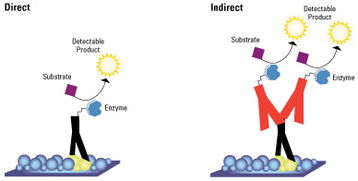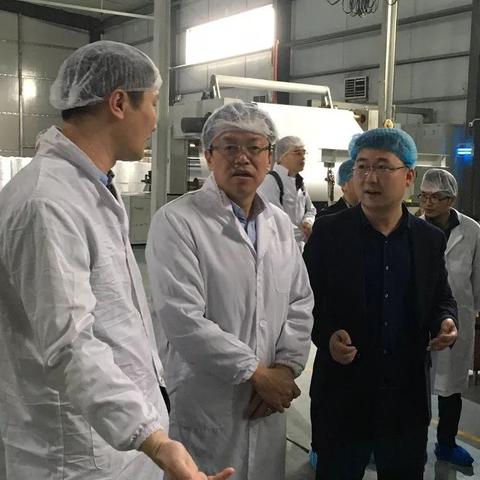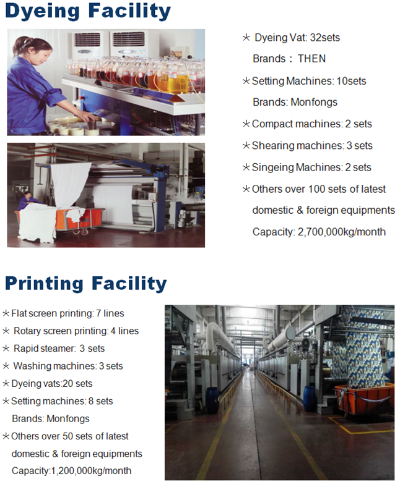An Overview of Textile Testing Lab Structures and Their Applications
This paper provides an overview of the various structures found in textile testing laboratories and their applications. The first section discusses the basic structures used in these labs, including the rack structure, which is a common layout for many laboratories. The second section explores the use of these structures in different applications, such as quality control, research, and development. The third section looks at the challenges faced when designing and implementing these structures, including safety concerns and cost-effectiveness. Finally, the fourth section concludes with a summary of the key points discussed and suggestions for further research.
Introduction: Textile testing is an essential process in the manufacturing and quality control of clothing, footwear, and other textile products. The effectiveness of this process relies heavily on the structure and equipment of the testing lab. This article will provide a detailed overview of the key components of a typical textile testing lab, including their functions, design considerations, and applications in different industries.
Lab Layout: A standard textile testing lab typically comprises several distinct sections, each designed to perform specific tests. Here's a table summarizing the main components of a typical lab layout:

| Section | Function |
|---|---|
| Materials Preparation | Ensures the proper storage and handling of raw materials and finished products. |
| Sample Collection | Collects samples for testing from various stages of production. |
| Initial Examination | Checks for any defects or irregularities in the sample. |
| Standard Testing | Conducts standardized tests to determine the suitability of the sample for use. |
| Quality Control | Monitors the consistency of results across all tests and ensures product quality. |
| Data Analysis | Analyzes test data to identify trends and potential issues. |
| Report Generation | Creates comprehensive reports detailing the test results and recommendations. |
Equipment: The equipment used in a textile testing lab can vary depending on the type of test being performed. Some common pieces of equipment include:
| Equipment | Function |
|---|---|
| Material Testers | Responsible for measuring physical properties such as strength, density, and weight. |
| Finish Testers | Measure the finish quality of textiles, including colorfastness, wash fastness, and water absorption. |
| Environmental Testers | Simulate conditions under which the fabric will be used, such as heat resistance, light resistance, and chemical resistance. |
| Microscopes | Used for microscopic inspection of surface defects or dye penetration. |
| Digital Image Analyzers | Use computer software to analyze images captured by microscopes and other instruments. |
| Latex Printers | Used for printing patterns onto fabric samples before testing. |
Applications: Textile testing labs are utilized in a variety of industries, each with its own unique set of requirements. Here are some examples:
-
Fashion Industry: Industries that produce clothing, shoes, and accessories rely heavily on accurate textile testing to ensure product quality and consumer satisfaction. For instance, fashion companies may require tests for colorfastness, shrinkage, and durability to meet standards set by international organizations like Oeko-Tex.
-
Hospitality Industry: Hotels and restaurants rely on textiles to create comfortable and visually appealing environments. Testing labs in this industry often focus on fabric hygiene, stain resistance, and overall cleanliness.
-
Sports Industry: Sportswear manufacturers need to ensure that their products are not only functional but also safe and durable. Testing labs in this sector may perform tests for moisture management, stretchiness, and tear resistance.
-
Manufacturing: Regardless of the industry, textile manufacturers must continuously monitor and improve their processes to maintain consistent quality levels. Testing labs serve as critical checkpoints for quality assurance throughout the manufacturing process.
Conclusion: In conclusion, a well-designed textile testing lab plays a crucial role in ensuring the quality and safety of textile products. By understanding the key components of a textile testing lab and their applications, businesses can optimize their testing processes and meet the demands of their customers. With the right equipment and expertise, textile testing labs can help drive innovation and improve the overall performance of the textile industry.
纺织品检测室概述
纺织品检测室是负责进行纺织品质量检测的重要场所,其结构布局合理且功能齐全,下面将详细介绍该检测室的构成要素及其运作方式。
检测室结构
实验室区域
实验室区域是检测室的核心部分,包括样品存放区、检测设备区、数据分析区等,样品存放区应设有专门的样品存储区域,确保样品的安全和完整性,检测设备区应配备先进的检测仪器和设备,以便进行各种纺织品检测,数据分析区则负责处理和分析检测数据,为纺织品的质量评估提供依据。
人员配置
纺织品检测室的人员配置应合理且专业,包括但不限于实验室主任、检测员、数据分析师等,实验室主任负责整个检测室的日常管理和决策,确保检测工作的顺利进行,检测员则是具体执行检测工作的专业人员,他们需要经过专业培训,具备丰富的纺织品检测经验,数据分析师则负责对检测数据进行深入分析和解读,为纺织品的质量评估提供准确依据。

案例说明
为了更好地理解纺织品检测室的结构和运作方式,我们可以结合一个具体的案例进行说明。
案例:某纺织品检测室的结构与运作
该纺织品检测室采用了先进的自动化设备和智能管理系统,确保了检测工作的效率和准确性,以下是该检测室的详细结构与运作方式:
实验室区域布局
该实验室区域布局合理,包括样品存放区、检测设备区、数据分析区等,样品存放区设有专门的样品存储区域,配备了先进的样品存储设备,确保样品的存储安全性和完整性,检测设备区配备了先进的检测仪器和设备,包括各种纺织品检测仪器和设备,以便进行各种纺织品检测,数据分析区则配备了专业的数据分析软件和工具,负责处理和分析检测数据,为纺织品的质量评估提供准确依据。
人员配置与职责
在该纺织品检测室中,人员配置包括实验室主任、检测员、数据分析师等,实验室主任负责整个检测室的日常管理和决策,确保整个检测过程的高效和准确,检测员是具体执行检测工作的专业人员,他们需要经过专业培训,具备丰富的纺织品检测经验,数据分析师则负责对检测数据进行深入分析和解读,为纺织品的质量评估提供准确依据,该实验室还配备了专业的技术支持团队,负责解决实验过程中出现的任何技术问题。
英文表格补充说明
以下是关于纺织品检测室结构及其运作方式的英文表格补充说明:
纺织品检测室结构概述
| 结构要素 | 描述 |
|---|---|
| 实验室区域 | 包括样品存放区、检测设备区、数据分析区等 |
| 人员配置 | 包括实验室主任、检测员、数据分析师等 |
| 设备配置 | 先进的检测仪器和设备 |
| 管理系统 | 自动化设备和智能管理系统 |
案例说明 - 某纺织品检测室运作实例
| 功能区域 | 设备与设施 | 描述 |
|---|---|---|
| 样品存放区 | 先进的样品存储设备 | 该区域确保样品的存储安全性和完整性 |
| 检测设备区 | 各种纺织品检测仪器和设备 | 该区域用于进行各种纺织品检测 |
| 数据处理与分析区 | 专业数据分析软件和工具 | 负责处理和分析检测数据,为纺织品的质量评估提供准确依据 |
| 技术支持团队 | 专业技术支持团队 | 解决实验过程中出现的任何技术问题 |
纺织品检测室的结构和运作方式是确保纺织品质量的重要保障,通过合理的布局和专业的配置,该实验室能够高效、准确地完成纺织品质量检测工作,结合具体的案例说明,可以更好地理解该实验室的工作流程和运作方式。
Articles related to the knowledge points of this article:
The Impact of Textile Import Tariffs on Global Trade and the Fashion Industry



